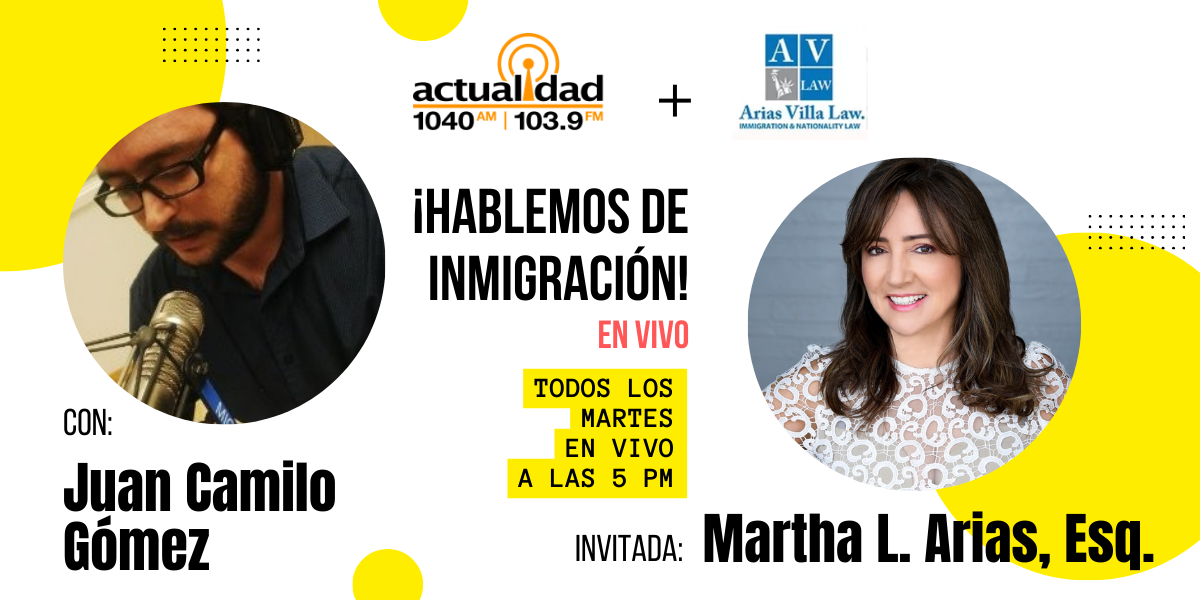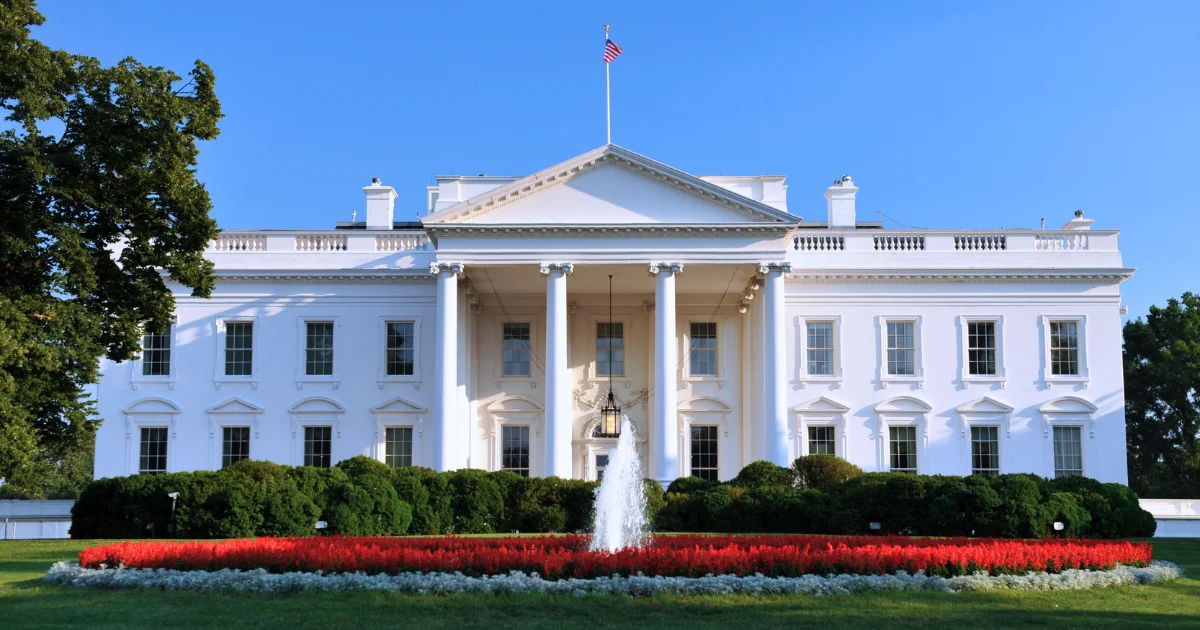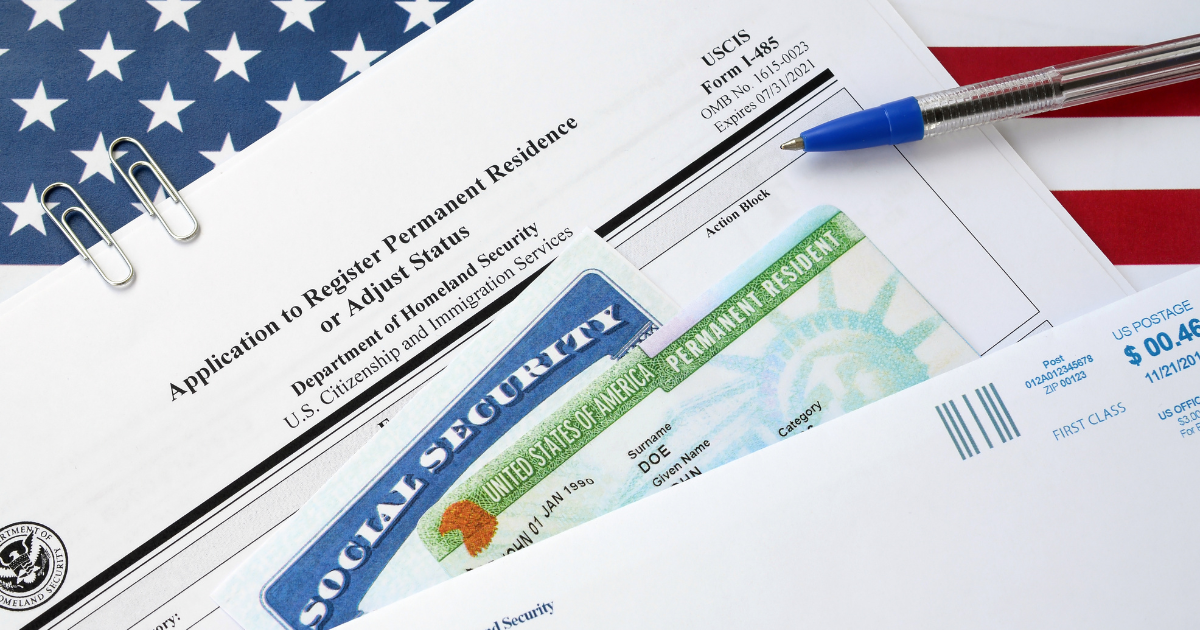A Historical Overview and Statistical Analysis
The Investor Visa, EB-5 Immigrant Investor Program was introduced as part of the Immigration Act of 1990, with the primary objective of stimulating the U.S. economy through foreign capital investment. The program’s foundation lies in encouraging job creation and economic development through investments made by qualified foreign investors.
In its early years, the EB-5 program faced challenges in gaining traction. However, with time, it evolved, and subsequent legislative updates brought about improvements, making it an increasingly attractive option for potential investors.
Over the years, the number of annual applications for the EB-5 program has witnessed fluctuations influenced by various factors, including economic conditions, regulatory changes, and global events. For the most accurate and up-to-date information, prospective investors can refer to official government sources such as the U.S. Citizenship and Immigration Services (USCIS) website.
Eligibility Criteria and Expectations
The EB-5 Immigrant Investor Program opens doors for individuals aspiring to obtain permanent residency in the United States through strategic investments. In this section, we will break down the eligibility criteria and expectations for EB-5 visas, providing clear and detailed insights into who can apply and the requirements involved.
Investment Requirements
To be eligible for an EB-5 visa, individuals must meet specific investment criteria:
Minimum Investment Amount: The standard minimum investment is $1.050.000. However, if the investment is made in a targeted employment area (TEA) with higher unemployment rates, the minimum investment is reduced to $800,000.
Investment Source: Investors must demonstrate that the funds invested are legally obtained. This involves providing documentation of the source of funds, ensuring they are derived from lawful activities.
At-Risk Investment: The investment must be at risk, meaning it is committed to a new commercial enterprise with the genuine intention of generating profits and not merely to secure a green card.
Job Creation Requirement: One of the primary goals of the EB-5 program is job creation. Investors must create or preserve a minimum of 10 full-time jobs for qualifying U.S. workers within two years of receiving conditional permanent residency.
Job Creation Expectations
The EB-5 program places a significant emphasis on job creation. Here’s what investors can expect:
Direct vs. Indirect Job Creation: Direct jobs are those created within the commercial enterprise the investor directly invested in. Indirect jobs are associated with the economic activity stimulated by the investment, such as job creation in supporting industries.
Regional Center Investments: For investors choosing regional center investments, job creation requirements can be met through indirect jobs. Regional centers often undertake large-scale projects that generate jobs within the broader community.
Reporting and Documentation: Investors are required to provide detailed documentation and evidence of job creation, including payroll records, tax documents, and other relevant proofs.
Who Can Apply for EB-5 Visas?
General Eligibility
The EB-5 program (the Investor Visa) is open to a diverse range of individuals, including:
Foreign Nationals: Any foreign national willing to make the required investment and meet the program’s criteria is eligible to apply.
Investors with Entrepreneurial Spirit: The program is particularly suitable for individuals with an entrepreneurial mindset seeking a pathway to permanent residency.
Family Members: The program extends to the immediate family members of the investor, including spouses and unmarried children under the age of 21.
Requirements for Family Members
Family members included in the EB-5 application must:
Demonstrate Relationship: Provide evidence of the familial relationship with the primary investor.
Conditional Residency: Family members receive conditional permanent residency along with the primary investor. After two years, they can apply to remove the conditions.
For detailed information regarding EB-5 Visa Classification please visit USCIS website.
Detailed Steps for Filing an EB-5 Petition
Embarking on the EB-5 visa journey involves a comprehensive application process that requires careful consideration and adherence to specific steps. In this section, we break down the detailed steps for filing an EB-5 visa petition, offering insights into timelines and processing considerations to help prospective investors manage expectations.
Step 1: Choose Your Investment Option
Regional Center or Direct Investment: Decide whether you want to invest through a regional center or directly in a new commercial enterprise. Understand the nuances and advantages of each option.
Step 2: Conduct Due Diligence
Research and Select a Project: Conduct thorough due diligence on potential investment projects. Consider factors such as project viability, job creation potential, and the reputation of the regional center (if applicable).
Step 3: Make the Investment
Transfer Investment Funds: Transfer the required investment amount to the chosen project or enterprise. Ensure compliance with source of funds requirements and document the transfer.
Step 4: Submit Form I-526
Prepare and Submit Form I-526: Complete Form I-526, the Immigrant Petition by Alien Entrepreneur. Include all necessary supporting documentation, such as proof of investment and source of funds.
Step 5: USCIS Processing
USCIS Review and Adjudication: USCIS will review the petition, which includes background checks and verification of the investment details. This process can take several months, and USCIS may issue a Request for Evidence (RFE) for additional information.
Step 6: Conditional Permanent Residency
Conditional Permanent Residency Approval: If the petition is approved, investors, along with their immediate family, will be granted conditional permanent residency in the U.S.
Step 7: Job Creation and Removal of Conditions
Job Creation and Removal of Conditions: Within the two-year conditional residency period, investors must fulfill the job creation requirement. Afterward, file Form I-829 to remove conditions and obtain permanent residency.
For more information please visit USCIS official website.
Insights for Investors
Engage Legal Professionals: Seek guidance from experienced immigration attorneys like Miami Immigration Law Attorney Martha L. Arias, Esq. who specialize in EB-5 investor visas to navigate the complexities of the application process.
Document Everything: Thoroughly document all aspects of your investment and application. Keep clear records of fund transfers, project details, and any communications with USCIS.
Stay Informed: Regularly check USCIS updates and stay informed about any changes in policies or processing times that may impact your application.
By carefully following these steps and considering the associated timelines and potential delays, prospective EB-5 investors can navigate the application process with confidence and transparency.












